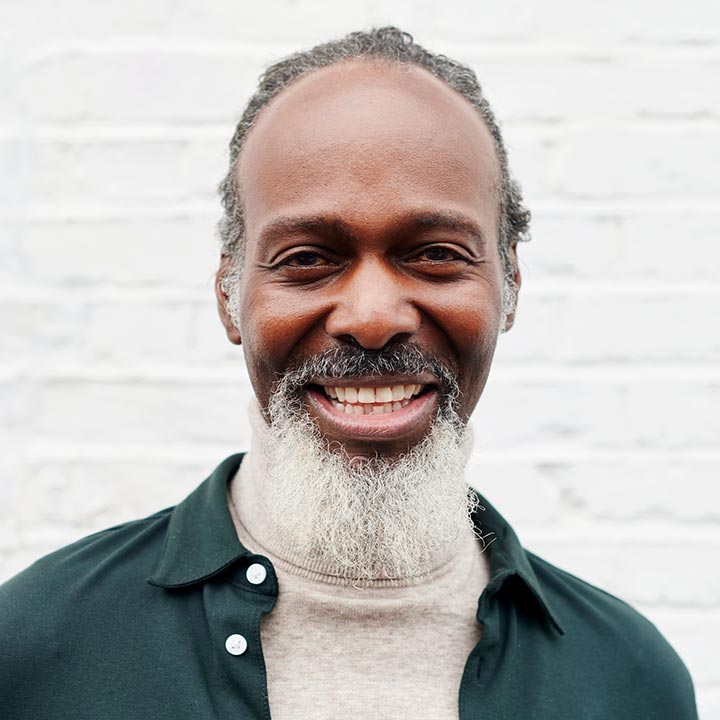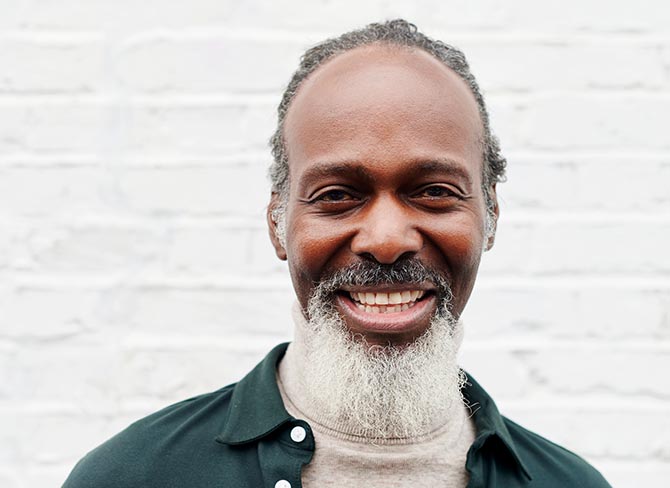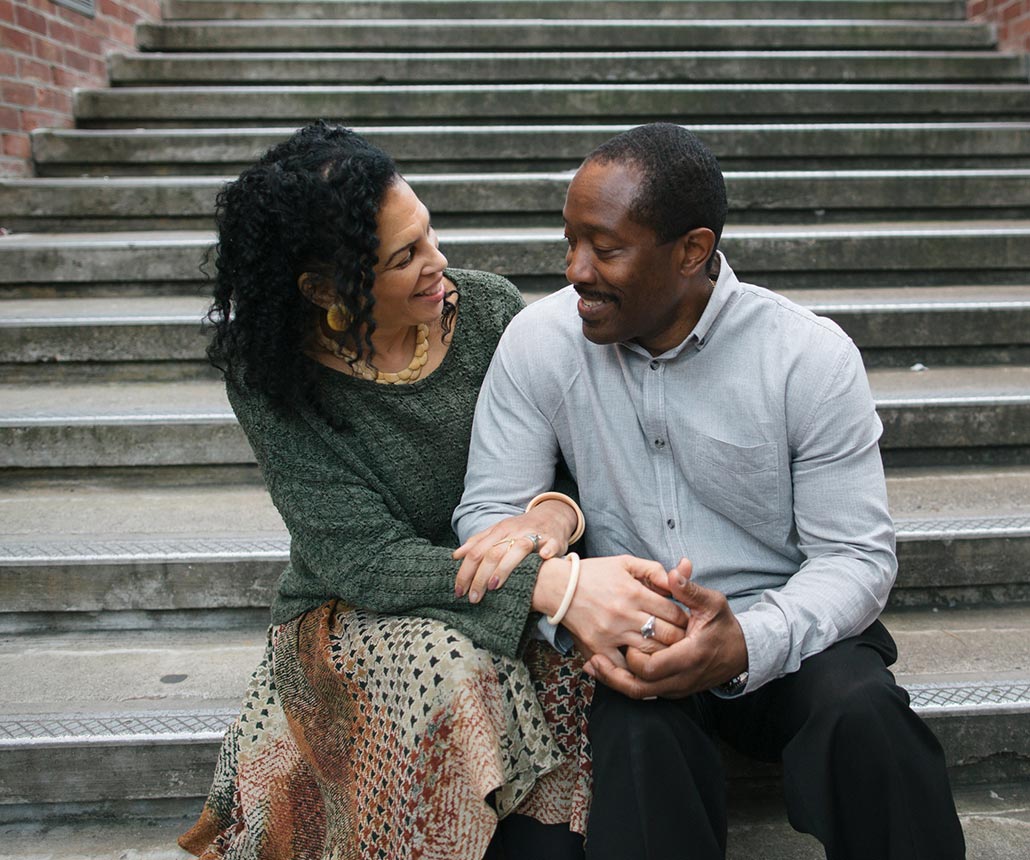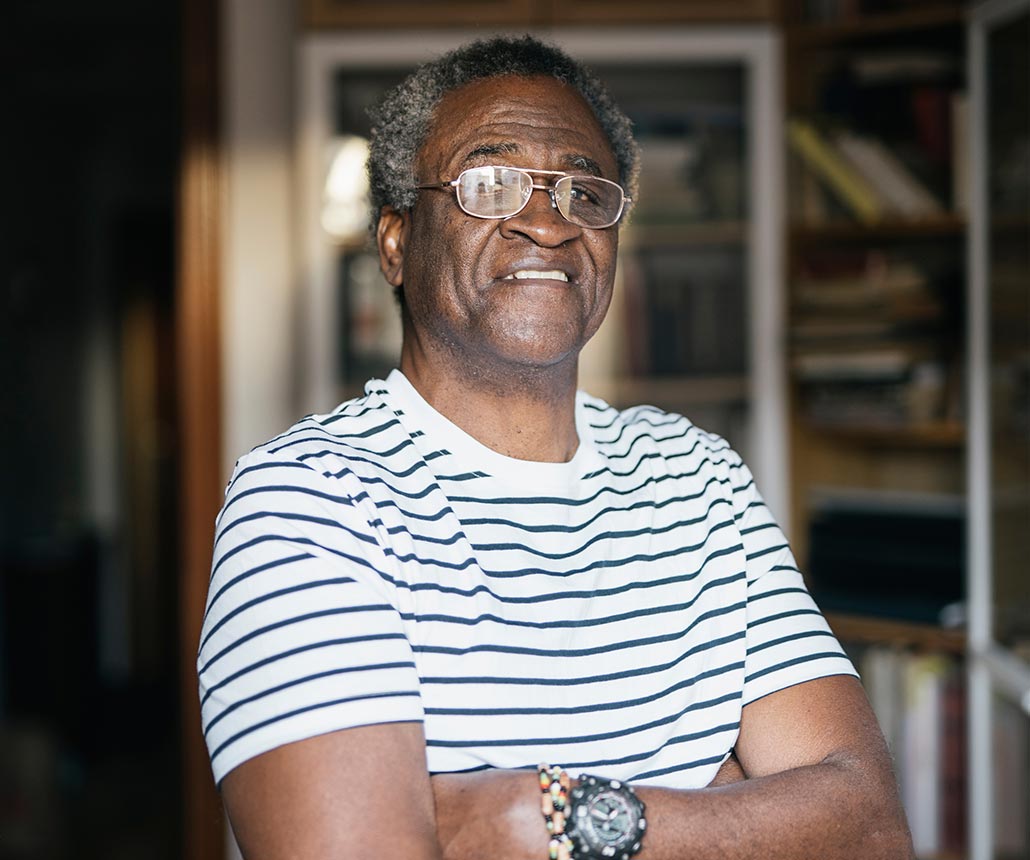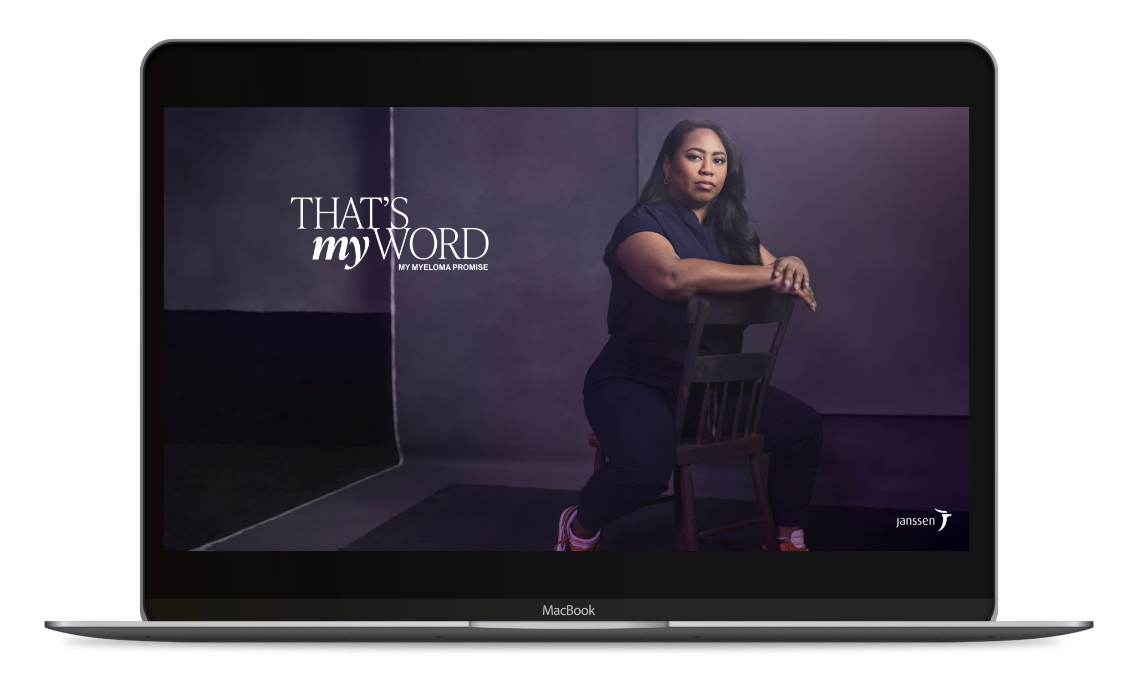Make a promise to get the facts about multiple myeloma (MM)
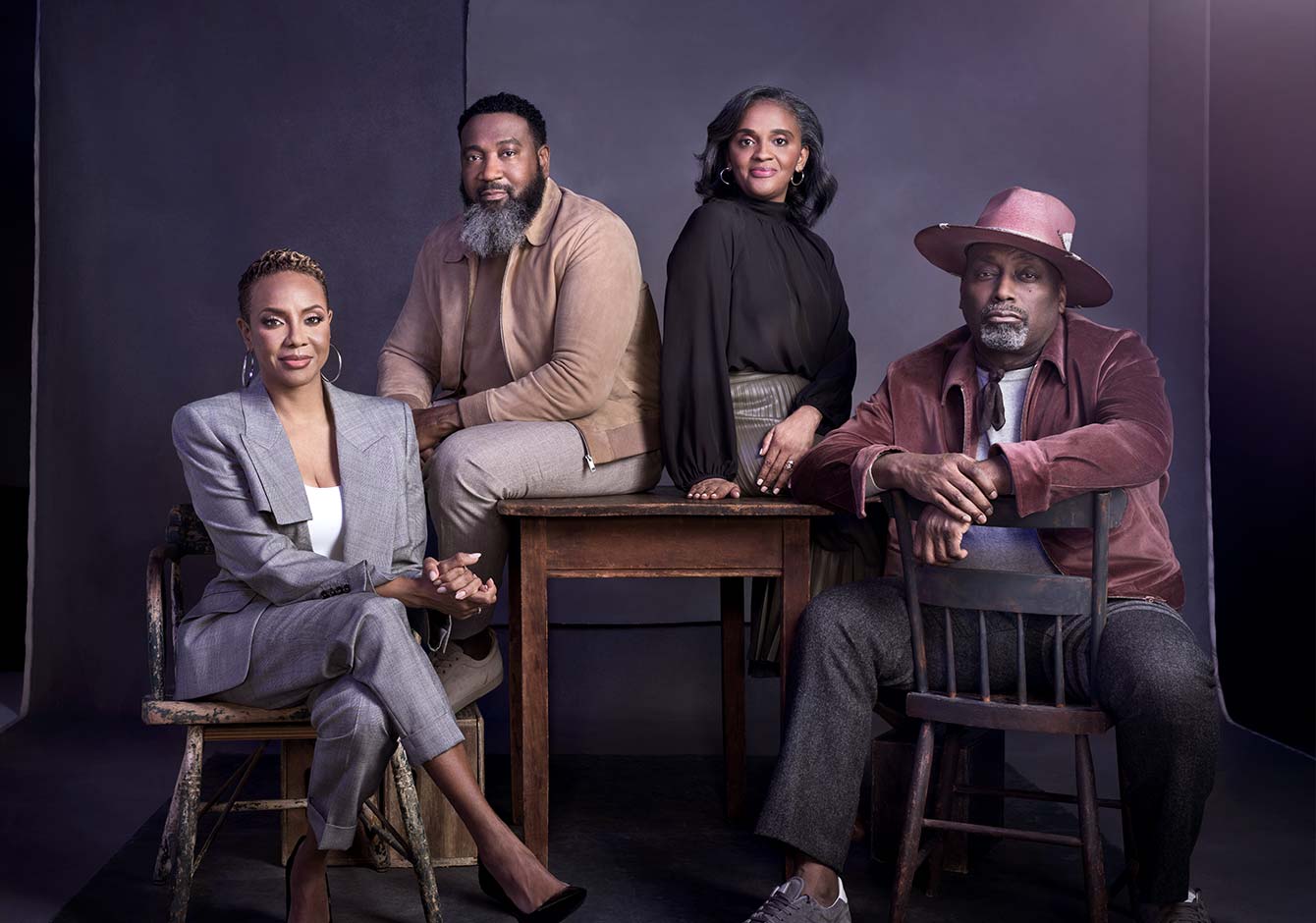
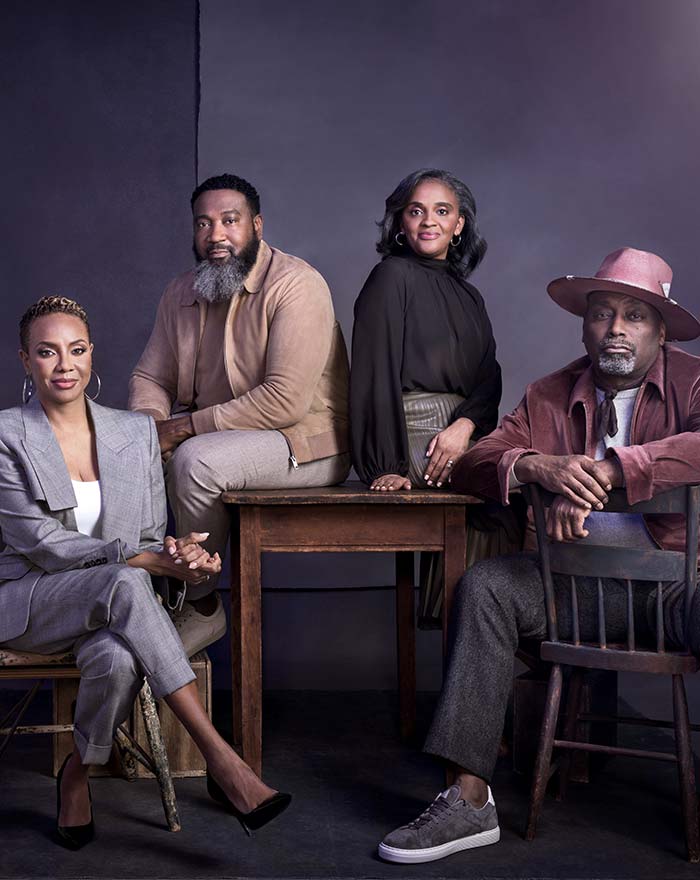
Join MC Lyte and Big Daddy Kane and get the facts on MM
Multiple myeloma (MM) is a rare blood cancer that Black people are at a higher risk for developing compared with other groups. Promising to be proactive about our health can allow us a chance to catch it early and help treat it.


Share your word
Join the That’s My Word™ community on Facebook and Instagram, and share your commitment to protecting our health.
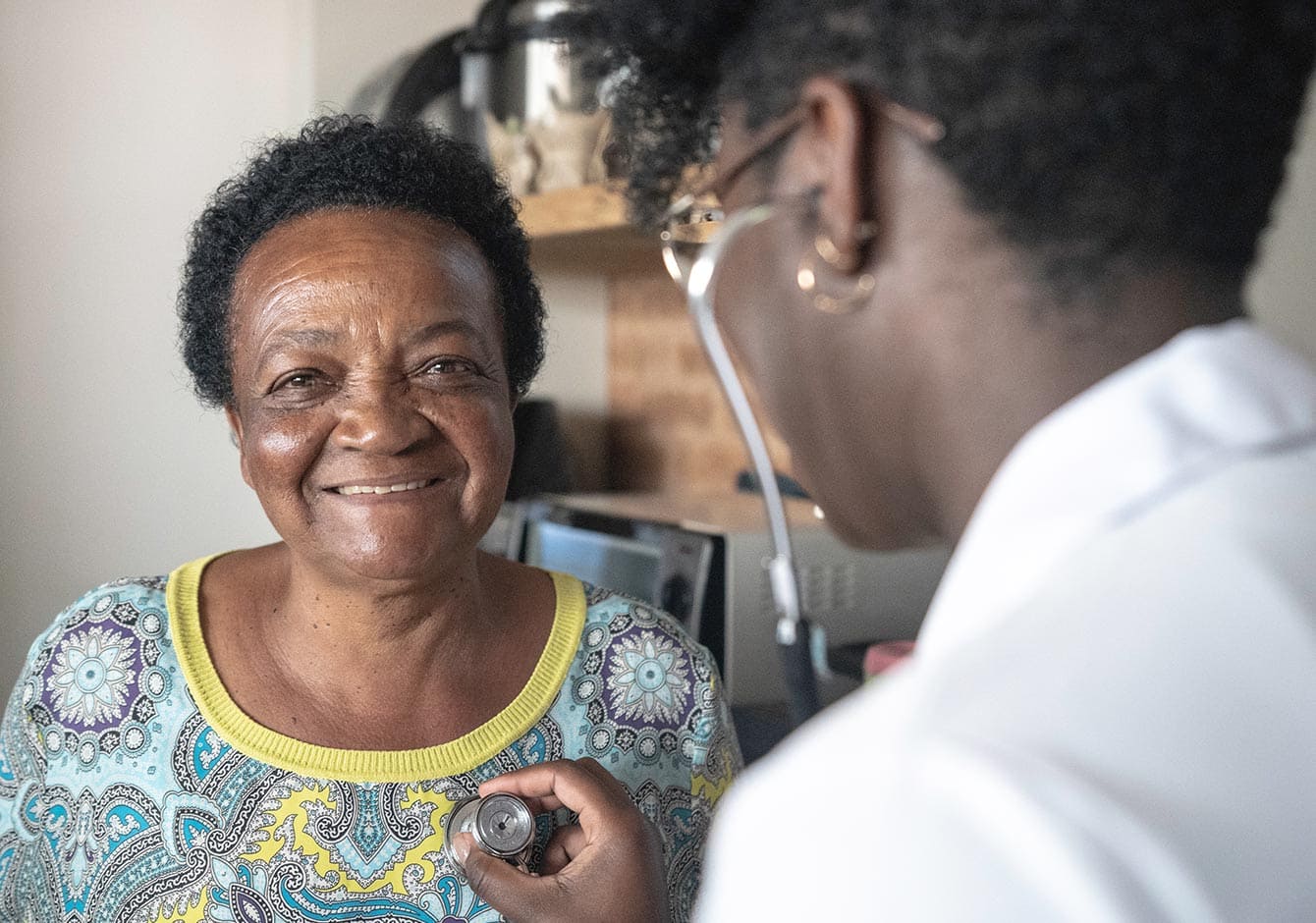
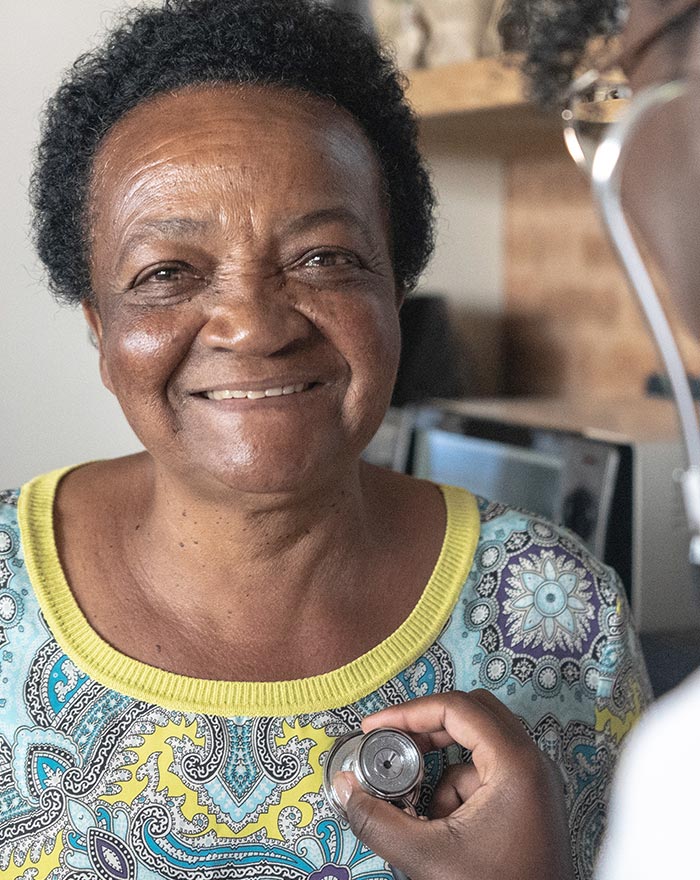
Help catch MM early
Routine checkups are important for our overall health and identifying early risks for diseases, including MM.


Join MC Lyte and Big Daddy Kane and get the facts on MM
Multiple myeloma (MM) is a rare blood cancer that Black people are at a higher risk for developing compared with other groups. Promising to be proactive about our health can allow us a chance to catch it early and help treat it.


Share your word
Join the That’s My Word™ community on Facebook and Instagram, and share your commitment to protecting our health.


Help catch MM early
Routine checkups are important for our overall health and identifying early risks for diseases, including MM.


Join MC Lyte and Big Daddy Kane and get the facts on MM
Multiple myeloma (MM) is a rare blood cancer that Black people are at a higher risk for developing compared with other groups. Promising to be proactive about our health can allow us a chance to catch it early and help treat it.


Share your word
Join the That’s My Word™ community on Facebook and Instagram, and share your commitment to protecting our health.


Help catch MM early
Routine checkups are important for our overall health and identifying early risks for diseases, including MM.
Scroll Down







